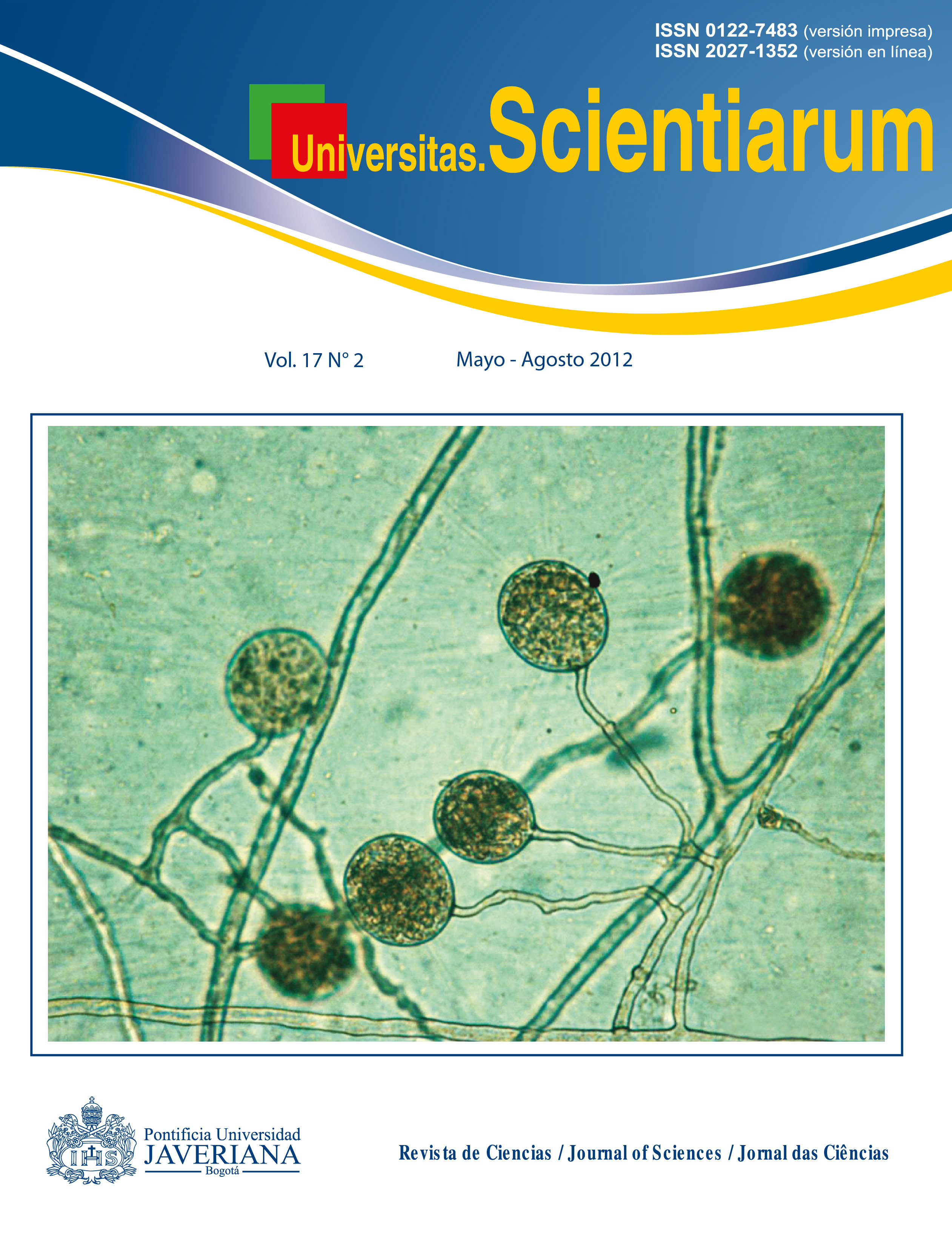Abstract
The benzylisoquinoline alkaloids (BIA) are specialized metabolites with an ancient phylogenetic distribution, but still preserved in modern clades. Some of them, such as morphine, sanguinerine or berberine, are important for modern medicine. This review discusses the highlights of the current state of the biosynthesis of BIA. There have been studies that show the biosynthesis of 22 of these nitrogenous metabolites. In their formation there are 43 enzymes grouped into oxidoreductases, transferases and lyases, which in some cases represent atypical examples of the manner in which the secondary metabolism diversification wasoriginated. Two of these examples are the cytochrome proteins P450 (P450), with catalytic activities for ABI route, or the norcoclaurine synthase enzyme (NCS), which share substantial identity with defense allergenic proteins. Likewise, there are genetic advances that have produced the characterization of 30 enzymes, allowing knowledge of regulatory processes. Another interesting aspect is the compartmentation of the biosynthesis sites and accumulation of BIA, since in several cases they are spatially separated and in different species, or in the same species several types of cells may be involved. This has suggested intra and intercellular transport of alkaloids, precursors and enzymes, and it has been documented berberine transport between the cytoplasm and the vacuoles of storage. The picture for the biosynthesis of BIA has been constructed with exemplary studies of alkaloids with pharmacological importance.
Key words: specialized metabolism, secondary metabolism, cellular transport, cell compartment, tissue-specific regulation
Univ. Sci. is registered under a Creative Commons Attribution 4.0 International Public License. Thus, this work may be reproduced, distributed, and publicly shared in digital format, as long as the names of the authors and Pontificia Universidad Javeriana are acknowledged. Others are allowed to quote, adapt, transform, auto-archive, republish, and create based on this material, for any purpose (even commercial ones), provided the authorship is duly acknowledged, a link to the original work is provided, and it is specified if changes have been made. Pontificia Universidad Javeriana does not hold the rights of published works and the authors are solely responsible for the contents of their works; they keep the moral, intellectual, privacy, and publicity rights. Approving the intervention of the work (review, copy-editing, translation, layout) and the following outreach, are granted through an use license and not through an assignment of rights. This means the journal and Pontificia Universidad Javeriana cannot be held responsible for any ethical malpractice by the authors. As a consequence of the protection granted by the use license, the journal is not required to publish recantations or modify information already published, unless the errata stems from the editorial management process. Publishing contents in this journal does not generate royalties for contributors.



